![Carlos Chávez - Chávez Conducts Soli I & Soli II & Soli IV (2023 Remastered Version) (1972/2023) [FLAC 24bit/192kHz] Download](https://imghd.xyz/images/2023/08/05/f4nd60ukczrna_600.jpg)
Carlos Chávez – Chávez Conducts Soli I & Soli II & Soli IV (2023 Remastered Version) (1972/2023)
FLAC (tracks) 24 bit/192 kHz | Time – 39:00 minutes | 1,59 GB | Genre: Classical
Studio Masters, Official Digital Download | Front Cover | © Sony Classical
Soli I is the first of a series of four works by the Mexican composer Carlos Chávez, each called Soli and each featuring a succession of instrumental solos. Three of these compositions are chamber music, and the remaining one is a sort of concerto grosso for four soloists and orchestra. This first work of the series is a quartet for oboe, clarinet, bassoon, and trumpet.Soli I was composed in March 1933 on a commission from the League of Composers, in celebration of their tenth anniversary. Chávez gave it the title Soli because in each of its four movements one of the instruments assumes a concertante role, playing a main part or “solo”, but without relegating its companions to a secondary level of simple accompaniment.
Soli I is scored for oboe, clarinet, trumpet, and bassoon. It is in four movements, each of which foregrounds one of the four instruments in the ensemble, and features a distinctive metric character:
Sciolto e ritmato (changing meters, clarinet)
Moderato (3/4, bassoon)
Molto lento (5/4, oboe)
Vivo (6/8, trumpet)
The clarinet is the featured instrument in the first movement, which is jazzy with polyrhythmic inflections. It is in binary form with a transition in the middle.
The second movement is in a moderate tempo with the bassoon as soloist. It differs from the first movement in that it maintains a constant 3/4 meter but, like its predecessor, can be analyzed as a binary structure.
The oboe takes the foreground in the third movement, which is in a slow 5/4 time (quarter note = 48). The movement is cast in a five parts, set off from one another by the alternating tempo markings molto lento and pochiss. piu mosso but, unlike the first two movements, the motivic writing here avoids repetition in favor of unfolding constantly new ideas.
In the finale, the trumpet unrolls its melody in a constant process of renewal, and with a “very filtered ‘Mexican’ tint”. Hemiola, cross-rhythms, and sharp articulations occur within its 6/8 meter, and numerous mute changes in the trumpet produce a constant timbral variety. All of the instruments exploit nearly their entire range, as the rhythms evoke the Huapango and Jarabe dance forms.
Soli II is a composition for wind quintet by Mexican composer Carlos Chávez, written in 1961. It is the second of a series of four works given the title Soli, each featuring a succession of solos. It is the longest of the set, a performance lasting about 20 minutes.
Soli II follows the first piece in the Soli series by nearly three decades. It was commissioned by the Inter-American Music Festival Executive Committee, and was premiered by the Philadelphia Wind Quintet on 23 April 1961, in the Coolidge Auditorium of the Library of Congress, Washington, DC, as part of the Second Inter-American Music Festival.
Soli II is in five movements, which are played without a break:
Prelude
Rondo
Aria
Sonatina
Finale
The suite-like design suggests a neoclassical formal approach, but a constantly evolving treatment of materials in the five movements masks the subtle use of repetition of slight motives and row forms within the continually evolutionary process characteristic of Chávez’s work. As in the other works in the Soli series, each movement features a different solo instrument, though the others are rarely absent, and its harmonic language draws equally on diatonic and chromatic scales, while remaining resolutely atonal. Phrases are generally closed by cadences ending on major sevenths and minor ninths.
The first movement sets out from the extreme registers, with the movement’s featured solo instrument, the flute, descends from its highest notes, accompanied by a rising line in the bassoon. The florid flute solo continues with discreet accompanying chords in the other instruments, eventually reaching a chorale-like closing sonority with all five instruments. In the second movement, the oboe leads a rondo-scherzo with dense ensemble writing.
Although the principle of non-repetition underlying all of the works in the Soli series is in conflict with the recurring tone rows of twelve-tone technique, the Aria movement of Soli II is an exception. Twelve-tone technique is used throughout this movement. In fact, both the Aria and the Sonatina are based almost exclusively on all-combinatorial twelve-tone rows with inherent repetitive properties. The Aria features solo bassoon, while the Sonatina has the strongest neoclassical overtones, with a waltz-like accompaniment to the agile solo clarinet. The Finale is an extended lament, dominated by the horn.
Soli IV is a brass trio witten in 1967, the last of a series of four works by Mexican composer Carlos Chávez, each featuring a succession of solos.
Soli IV was commissioned by Mario di Bonaventura for the Hopkins Center Congregation for the Arts at Dartmouth College, in Hanover, New Hampshire. It was premiered in the Spaulding Auditorium of the Hopkins Center on 9 August 1967 by Robert Pierce, horn, Dominick de Gangi, trumpet, and Dean Werner, trombone.
Soli IV “has about it a rather special kind of ‘atonality’ (since the more ‘tonal’ intervals, such as fifths, fourths, major-thirds, minor-sevenths, and octaves, are seldom, or never used). Otherwise, melody and melodic counterpoint, proceed freely, each ‘antecedent’ producing a ‘consequent’ that in turn becomes the antecedent for a new consequent. It is music that continually evolves from itself. In this sense, the entire piece constitutes a single, long, main ‘theme'”.
In Soli IV, the foreground is taken first by the horn, then the trumpet, and finally the trombone. The instrumental solos, however, are often submerged in the ensemble interaction. Sections are created by tempo changes and subtle alterations of texture and style, and each section is introduced by either the trumpet or the trombone. Within a prevailing chromatic field, Chávez concentrates locally on smaller note groupings, primarily of four- or five-note chromatic sets. A slightly larger set of seven notes, E, E♭, D, C♯, G, G♯ F♯ in the trombone opens the work lyrically and at a moderate pace. Six more sections follow (beginning at b. 30, 43, 85, 92, 103, and 112). The evolving contrapuntal interplay is punctuated by vertical harmonies, almost always of the (0,1,2) chromatic trichord, sometimes preceded by an (0,1,3) trichord to form a cadence. The final cadence is also to a (0,1,2) trichord: trumpet and trombone on F5 and E♭5 over E4 in the horn.
The Solis belong to the more “experimental”, high-modernist strand of Chávez’s compositional output, in contrast to the more traditional character of most of the large-ensemble works. This group of works, which also includes the three Inventions (No. 1 for piano, 1958; No. 2 for string trio, 1965; No. 3 for harp, 1967) and the orchestral compositions Resonancias (1964), Elatio (1967), Discovery, Clio (both 1969), and Initium (1973), features an abstract, atonal musical language based on the principle of non-repetition. Soli I was Chávez’s first attempt at this idea of constant renewal, which avoids traditional techniques of sequence, imitation, development, and structural symmetry in favour of an endlessly unfolding counterpoint. In the composer’s own words, the objective is one of “constant rebirth, of true derivation: a stream that never comes back to its source; a stream of eternal development, like a spiral, always linked to, and continuing, its original source, but always searching for new and unlimited spaces”.
Tracklist:
01. Carlos Chávez – Chávez: Soli I for Oboe, Clarinet, Bassoon, and Trumpet: I. Sciolto e ritmato (2023 Remastered Version) (00:58)
02. Carlos Chávez – Chávez: Soli I for Oboe, Clarinet, Bassoon, and Trumpet: II. Moderato (2023 Remastered Version) (02:22)
03. Carlos Chávez – Chávez: Soli I for Oboe, Clarinet, Bassoon, and Trumpet: III. Molto lento (2023 Remastered Version) (01:59)
04. Carlos Chávez – Chávez: Soli I for Oboe, Clarinet, Bassoon, and Trumpet: VI. Vivo (2023 Remastered Version) (01:29)
05. Carlos Chávez – Chávez: Soli IV for Horn, Trumpet, and Trombone: I. Quarter Note = 84 (2023 Remastered Version) (00:06)
06. Carlos Chávez – Chávez: Soli IV for Horn, Trumpet, and Trombone: II. Quarter Note = 38 (2023 Remastered Version) (03:40)
07. Carlos Chávez – Chávez: Soli IV for Horn, Trumpet, and Trombone: III. Quarter Note = 76 (2023 Remastered Version) (03:42)
08. Carlos Chávez – Chávez: Soli IV for Horn, Trumpet, and Trombone: IV. Vivo (2023 Remastered Version) (00:07)
09. Carlos Chávez – Chávez: Soli IV for Horn, Trumpet, and Trombone: V. Quarter Note = 50 (2023 Remastered Version) (01:39)
10. Carlos Chávez – Chávez: Soli IV for Horn, Trumpet, and Trombone: VI. Quarter Note = 144 (2023 Remastered Version) (01:26)
11. Carlos Chávez – Chávez: Soli IV for Horn, Trumpet, and Trombone: VII. Quarter Note = 84 (2023 Remastered Version) (00:42)
12. Carlos Chávez – Chávez: Soli II for Wind Quartet: I. Preludio (2023 Remastered Version) (04:05)
13. Carlos Chávez – Chávez: Soli II for Wind Quartet: II. Rondo (2023 Remastered Version) (03:52)
14. Carlos Chávez – Chávez: Soli II for Wind Quartet: III. Aria (2023 Remastered Version) (04:59)
15. Carlos Chávez – Chávez: Soli II for Wind Quartet: IV. Sonatina (2023 Remastered Version) (03:59)
16. Carlos Chávez – Chávez: Soli II for Wind Quartet: V. Finale (2023 Remastered Version) (03:49)
Download from FileJoker:
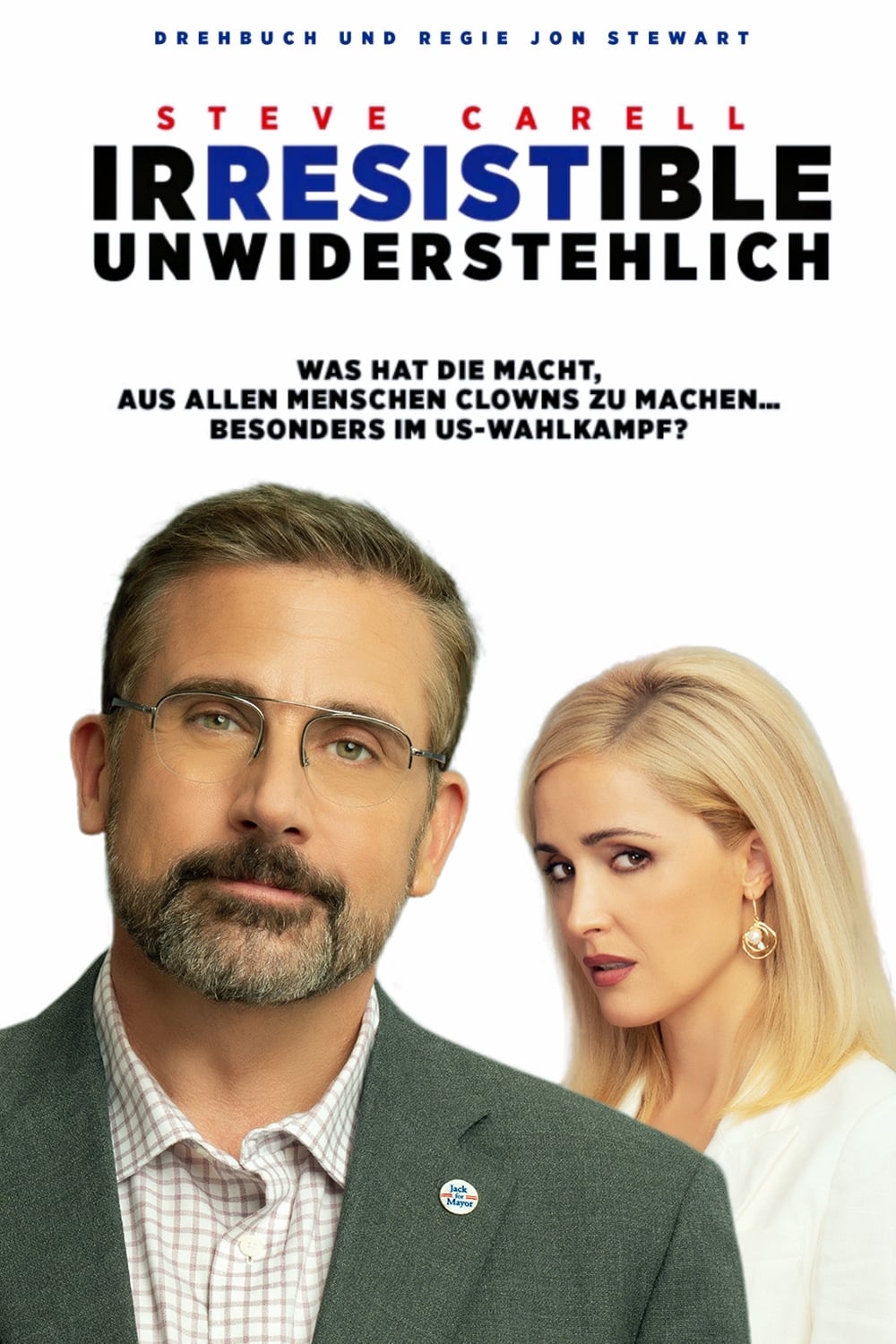
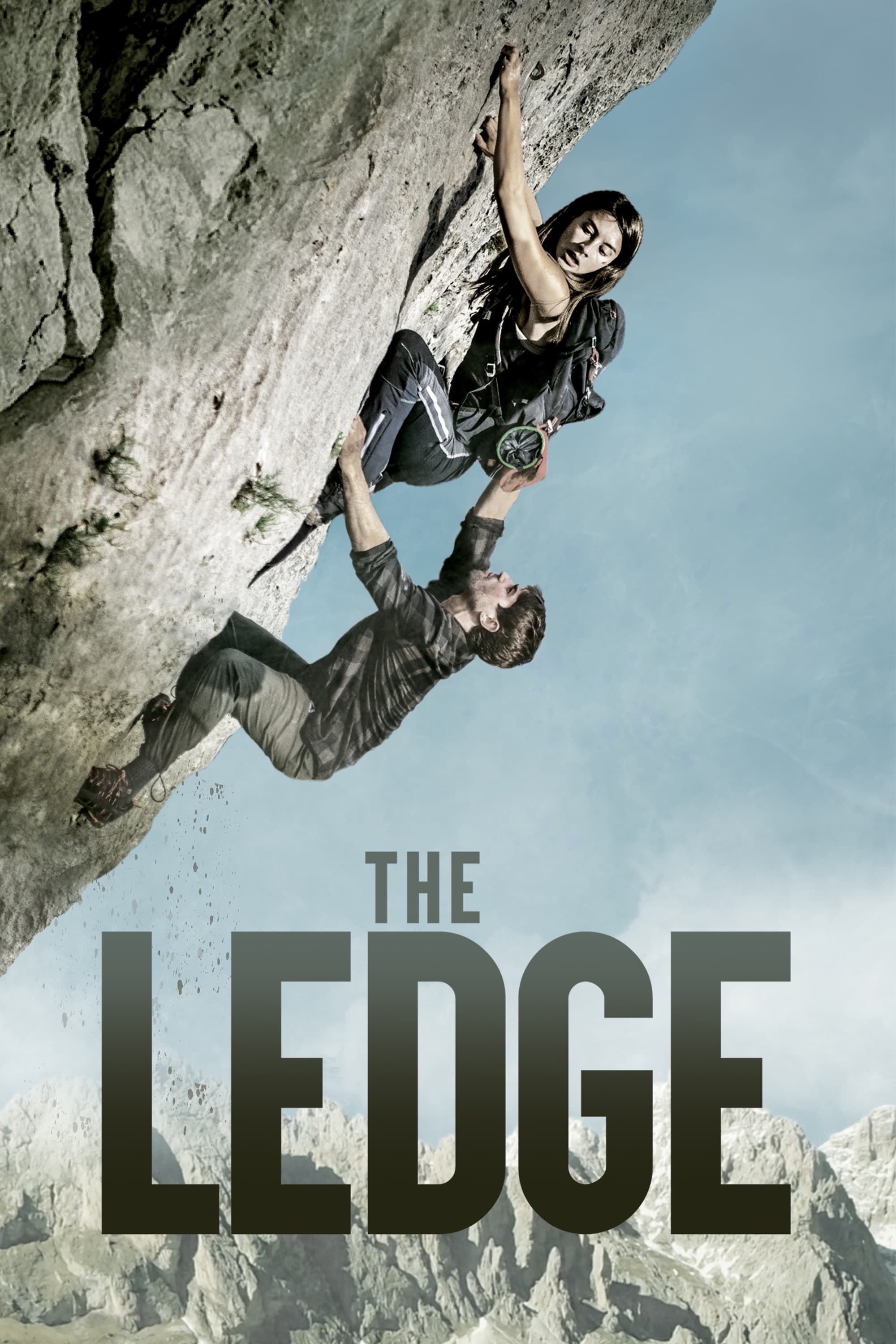
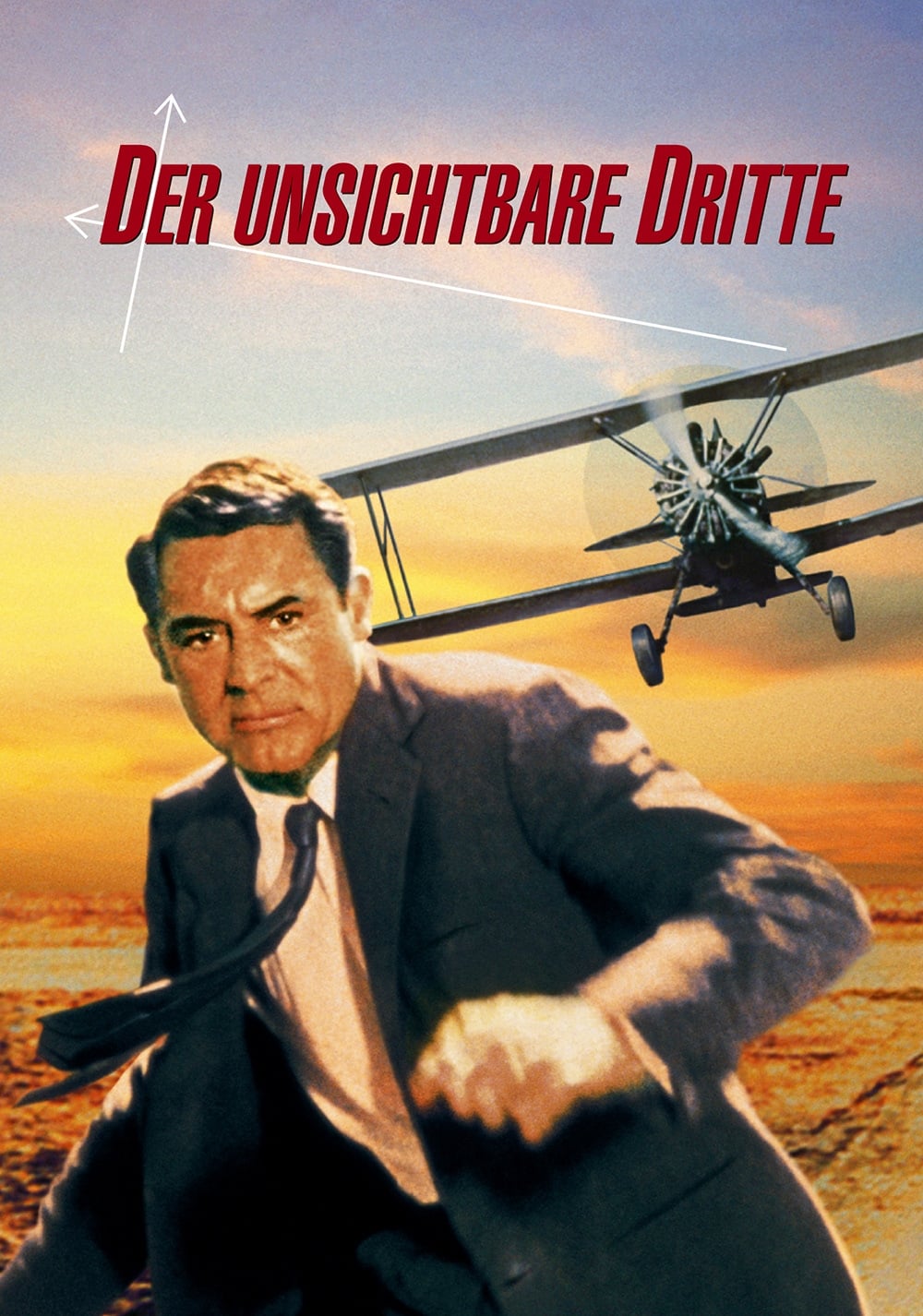
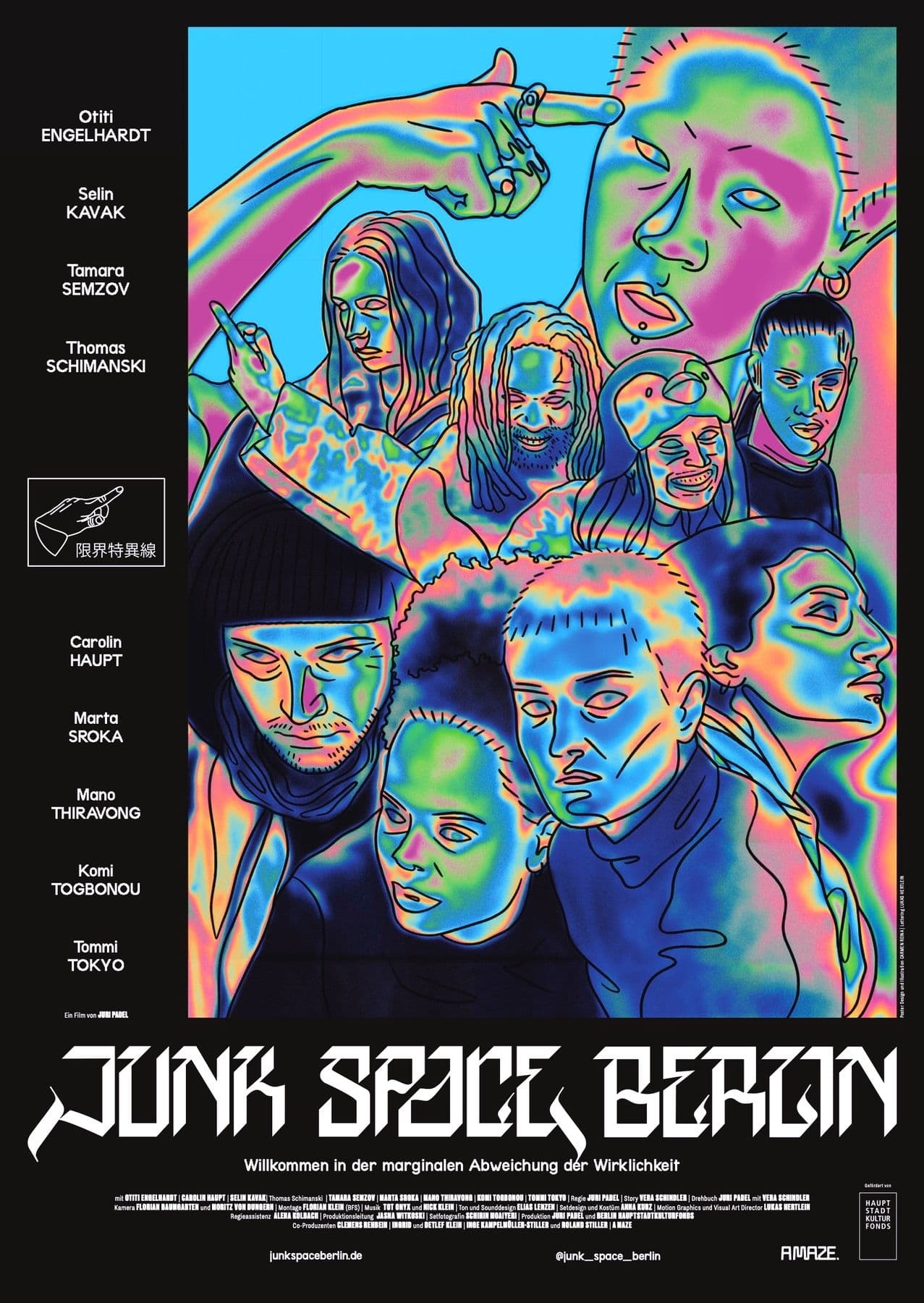




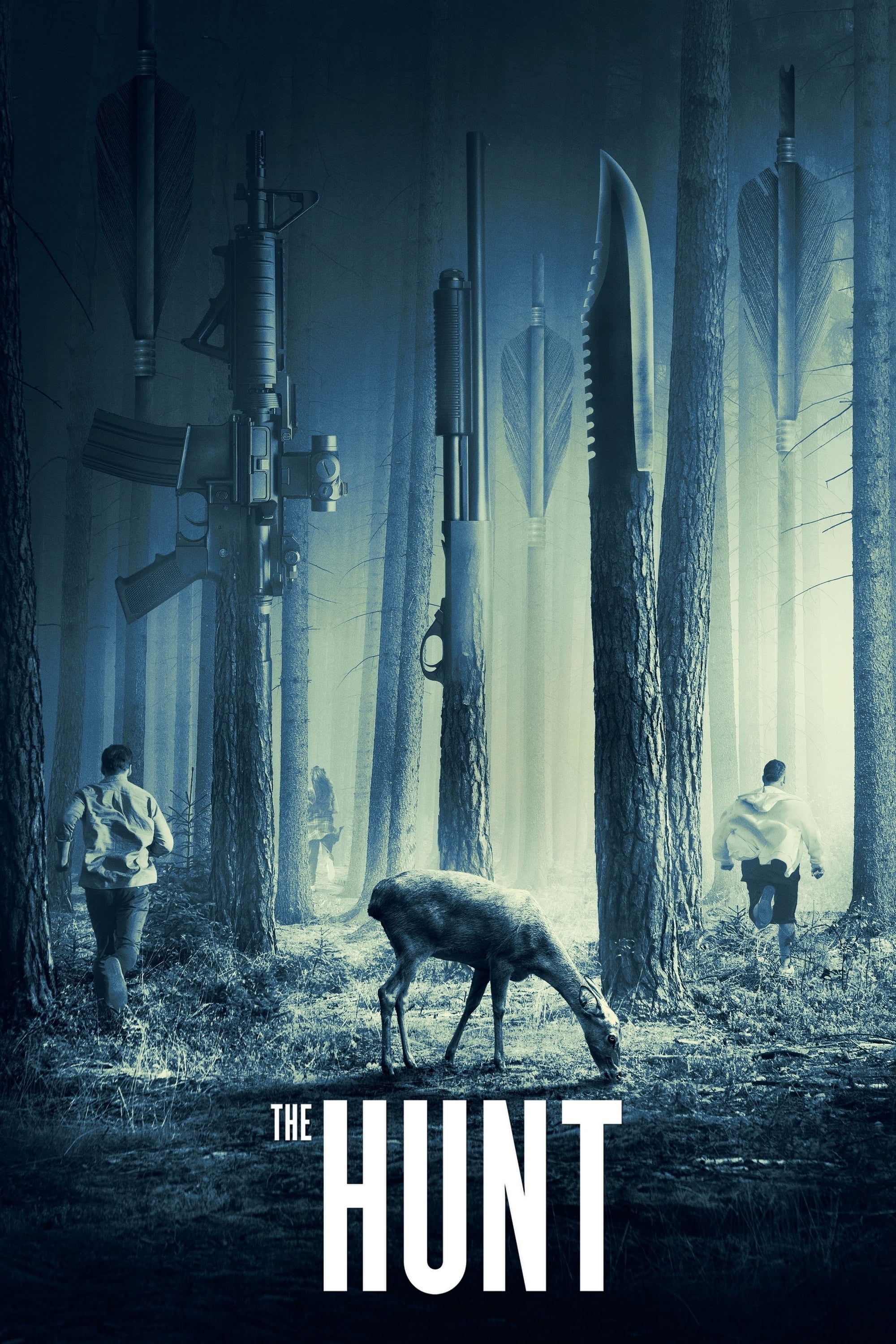

![Carlos Chávez - The 6 Symphonies of Carlos Chávez (2023 Remastered Version) (1967/2023) [FLAC 24bit/192kHz] Carlos Chávez - The 6 Symphonies of Carlos Chávez (2023 Remastered Version) (1967/2023) [FLAC 24bit/192kHz]](https://imghd.xyz/images/2023/08/05/g33y0ncw8aw4a_600.jpg)
![Carlos Chávez - Chávez: Violin Concerto - Chávez-Buxtehude: Chaconne in E Minor (2023 Remastered Version) (1968/2023) [FLAC 24bit/192kHz] Carlos Chávez - Chávez: Violin Concerto - Chávez-Buxtehude: Chaconne in E Minor (2023 Remastered Version) (1968/2023) [FLAC 24bit/192kHz]](https://imghd.xyz/images/2023/08/05/xnj8khliat33b_600.jpg)
![Carlos Chávez - A Program of Mexican Music Conducted by Carlos Chávez (2023 Remastered Version) (1949/2023) [FLAC 24bit/96kHz] Carlos Chávez - A Program of Mexican Music Conducted by Carlos Chávez (2023 Remastered Version) (1949/2023) [FLAC 24bit/96kHz]](https://imghd.xyz/images/2023/08/05/dsfzyfobrh6ub_600.jpg)
![Carlos Chávez - Chàvez: Selections from Pirámide & Los Cuatro Soles (2023 Remastered Version) (1974/2023) [FLAC 24bit/192kHz] Carlos Chávez - Chàvez: Selections from Pirámide & Los Cuatro Soles (2023 Remastered Version) (1974/2023) [FLAC 24bit/192kHz]](https://imghd.xyz/images/2023/08/05/czufz4boq7d2a_600.jpg)